How to Send Certified Mail Online: A Step-by-Step Guide
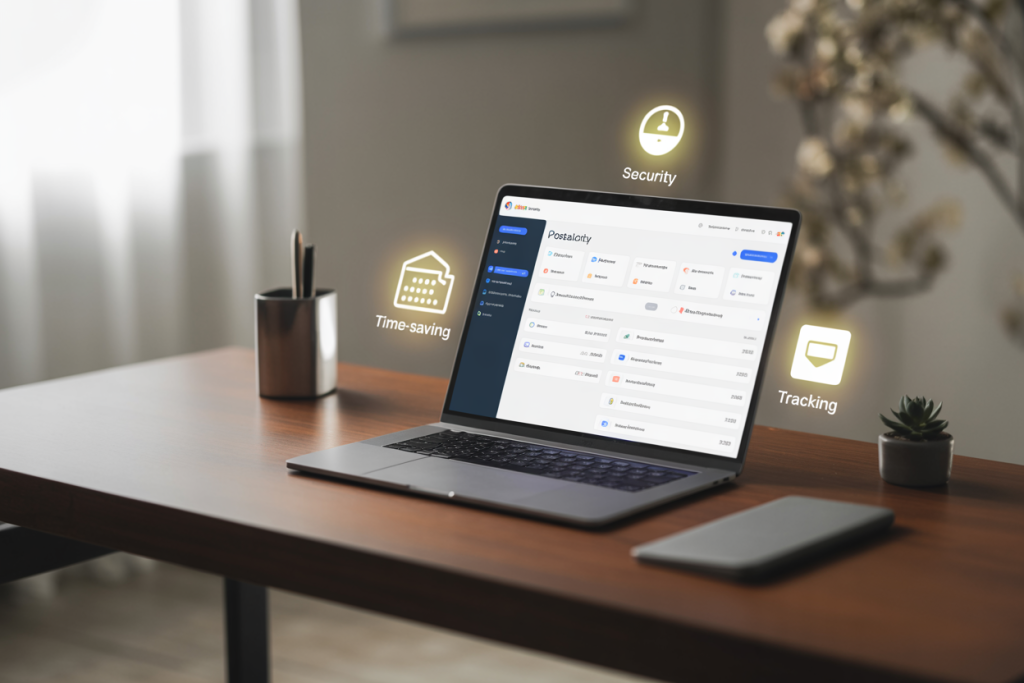
Certified mail is more than just a delivery method—it’s a legal safeguard. For professionals in municipal government, finance, and law, it is a critical tool for ensuring that high-stakes communications are sent, tracked, and documented with full legal integrity. Whether you’re a city clerk issuing zoning violations, a bank operations team sending foreclosure notices, or a legal assistant confirming delivery of litigation documents, the certified mail process can either support or undermine your organization’s ability to comply with regulations and defend its actions.
In this guide, we explore the modern shift from in-person to online certified mail: what it means, how it works, and why more institutions are transitioning to digital platforms like Postalocity to save time, improve compliance, and protect legal outcomes.
What Is Certified Mail and Why Is It Still So Important?
Certified Mail is a USPS service that provides senders with proof of mailing and proof of delivery, including a signature from the recipient or a record of delivery attempt. It is legally admissible evidence that a notice was sent and either delivered or refused. This is critical in regulatory and legal environments where due process, proper notice, or contract obligations must be proven.
It is used not because it’s convenient, but because it protects the sender with a documented chain of custody, and because many jurisdictions require it by law.
Common Scenarios Requiring Certified Mail
- IRS or state tax notifications
- Code enforcement, eviction, or utility shutoff notices
- Foreclosure or loan acceleration letters
- Court filings and notices of hearings
- Collections and debt-related disclosures
Certified mail provides the documentation and legal standing that traditional mail or email simply cannot. That’s why it remains a staple across agencies and sectors that deal with compliance-driven communication.
How Long Does Certified Mail Take to Arrive?
Certified Mail typically takes the same amount of time as First-Class Mail because it uses First-Class postage as part of the certified mailing cost. On average, delivery is completed within 5 to 7 business days. However, that timeframe can vary depending on USPS volume, staffing, or delays in capturing each delivery event.
For organizations relying on time-sensitive notices—especially those working under statutory deadlines—it’s critical to factor in not only USPS transit time but also the time it takes to prepare and send the mail itself. Mailing through a post office adds time spent preparing forms, waiting in line, and handling green cards manually. Sending Certified Mail online through Postalocity eliminates those prep and logistics delays.
What Happens if the USPS Can’t Deliver Certified Mail?
If the USPS is unable to complete delivery of a Certified Mail piece, the carrier will leave a delivery notice at the recipient’s address. This informs the recipient that a certified letter is available for pickup at their local post office. The item will then be held by USPS for up to 15 days.
If the recipient fails to claim the letter within that 15-day window, USPS will return the mail piece to the sender. In many compliance scenarios, the attempt itself is still legally significant. USPS logs attempted deliveries and records them in the tracking history. Digital certified mail platforms like Postalocity capture those events and store them alongside all other delivery metadata.
How to Track Certified Mail Sent with Postalocity
Tracking certified mail online offers faster visibility and better documentation than manual methods. Postalocity provides multiple ways to monitor delivery:
- Once your job status is updated to “Mailed,” you can view live progress by clicking the “Tracking Information” button in your job details.
- Proof of delivery, including tracking history and return receipt, will also be emailed automatically to the address you provided in your job settings.
- If you have questions, you can always contact Postalocity’s support team by phone at 316-260-2220 or by email at helpdesk@postalocity.com.
This multi-channel tracking ensures that you’re never left wondering if a critical document made it to its destination—or if you’ll be able to prove it later.
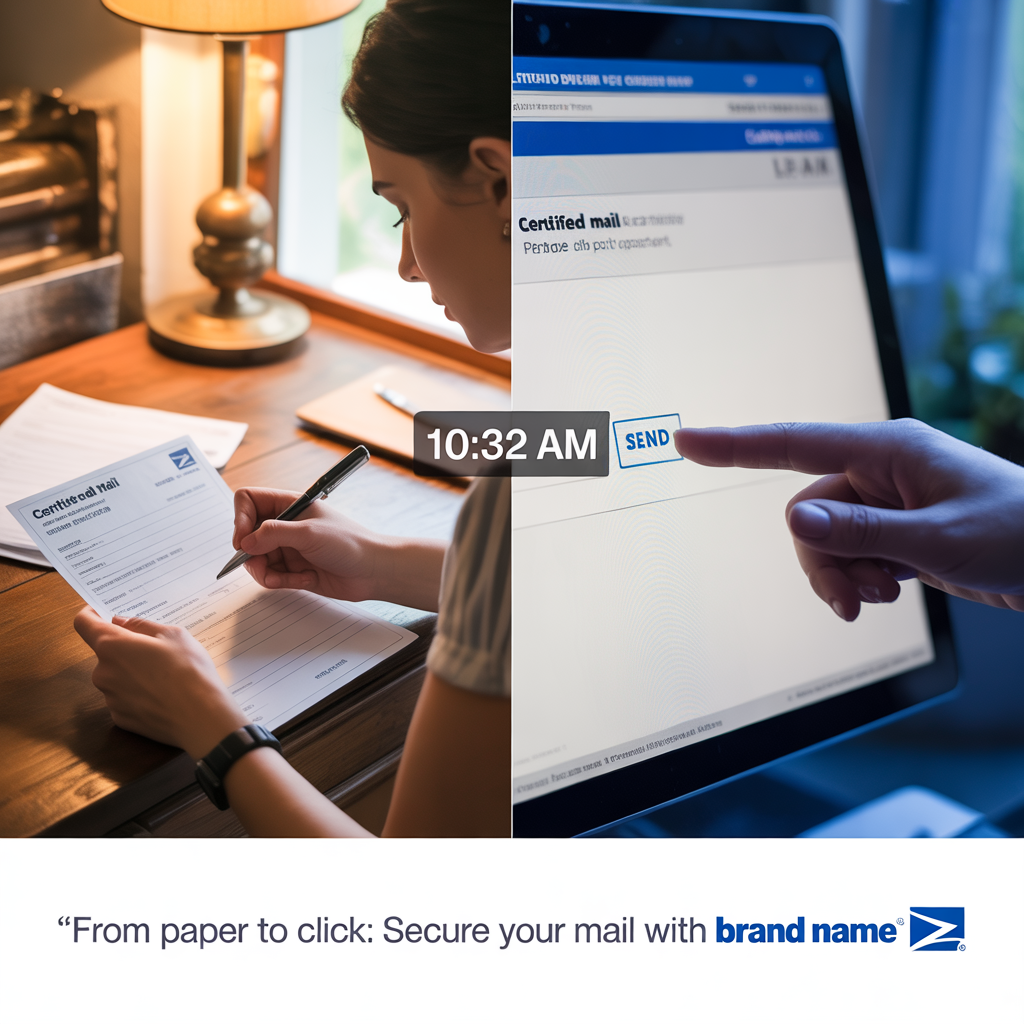
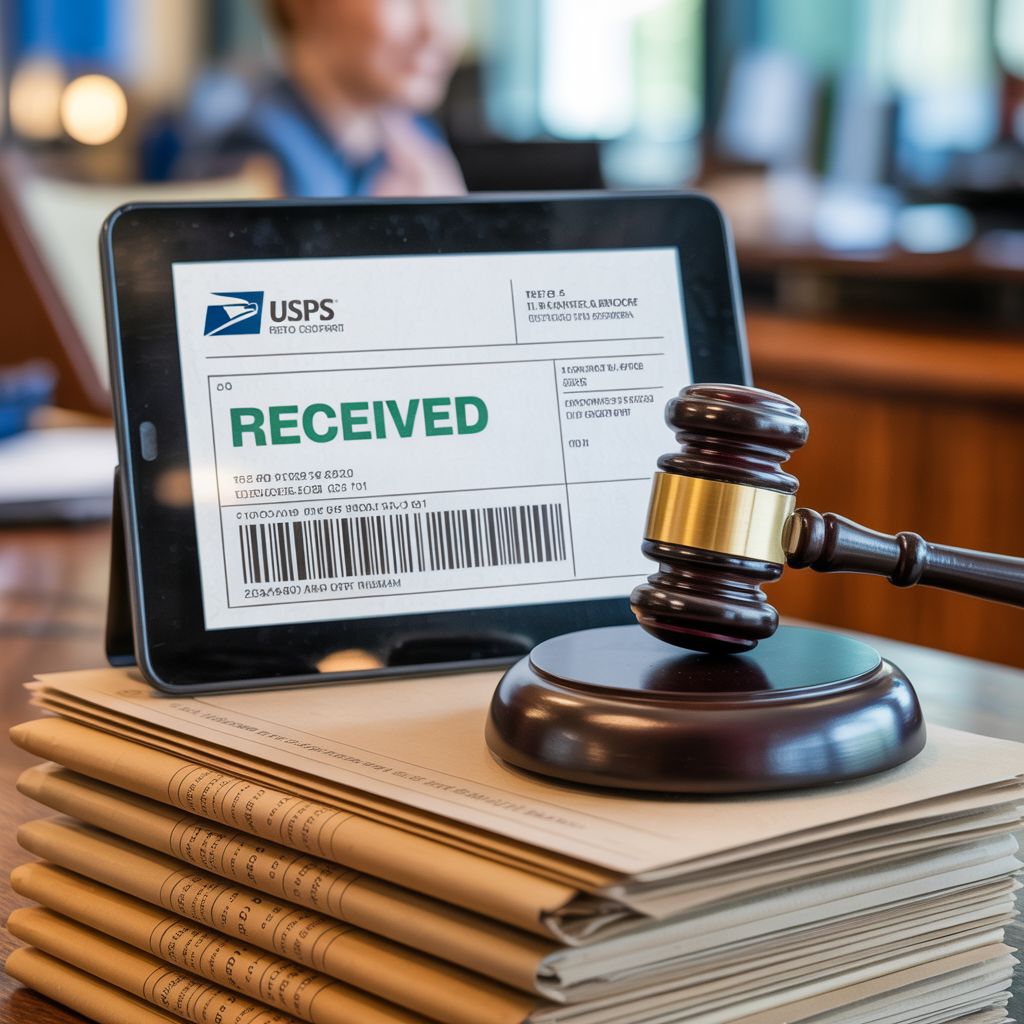
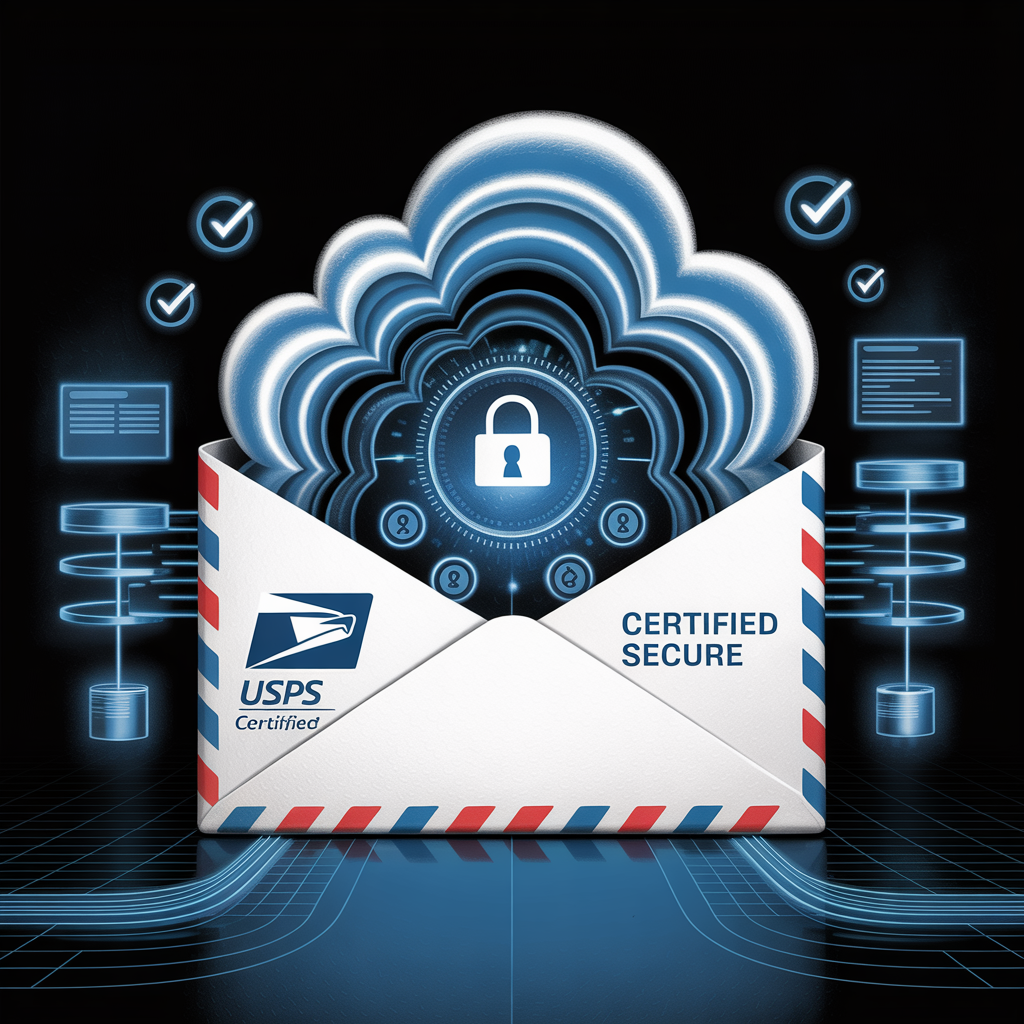
In-Person vs. Online: How the Process Differs
The core USPS delivery process is identical for both methods—but everything surrounding it is radically different.
Traditional certified mail requires manually printing documents, completing forms like PS Form 3800 and PS Form 3811, visiting the post office, paying postage, manually recording tracking numbers, and physically filing green cards for compliance documentation. Each step is time-consuming and error-prone.
Online certified mail through a platform like Postalocity eliminates the need for paper-based handling. Users can upload documents securely, import address lists, and have certified mail prepared, labeled, and mailed directly through USPS. Return receipts and delivery tracking are managed digitally, with searchable archives and centralized recordkeeping.
Key Differences in Workflow
- In-person: Highly manual, dependent on paper, and time-intensive
- Online: Automated, secure, centralized, and built for audit-readiness
The difference is not just speed, but control. Digital certified mail creates a clean, tamper-proof chain of custody that’s easier to manage at scale.
Speed, Labor, and Scalability: The Operational Advantages of Online Mail
Certified mail may be necessary—but it doesn’t need to be inefficient. Cities and organizations that handle large volumes know the burden of certified mail workflows. When staff spend hours printing, labeling, and filing notices, that’s time diverted from their actual responsibilities.
Consider a department needing to mail 200 code enforcement letters with 72-hour compliance. Traditional mailing may take multiple staff members a full workday. With an online system, one user can upload, review, and submit the entire mailing in under an hour. That reclaimed time can be redirected toward inspections, constituent service, or legal prep.
Time Comparison Example
| Step | In-Person Mail | Online Certified Mail |
|---|---|---|
| Preparation & Assembly | 4–6 hours (team of 3–4) | <1 hour (1 user) |
| Mailing Submission | Travel + Wait Time | None |
| Receipt Tracking & Filing | Manual, error-prone | Automatic, centralized |
| Record Retention | File cabinets | Secure, searchable archive |
This isn’t a marginal improvement—it’s a complete restructuring of a core communication process.
Legal Validity: Is Online Certified Mail Accepted in Court?
Certified Mail sent online through USPS-authorized platforms like Postalocity is fully legally valid. It still includes USPS barcoded tracking, delivery scanning, and signature confirmation. Courts accept electronic return receipts and delivery records that meet evidentiary standards.
Digital return receipts include metadata such as:
- Delivery date and time
- Recipient signature (if obtained)
- USPS delivery event logs
These records are admissible in both civil and regulatory proceedings. In fact, they often stand up better than physical green cards, which can be lost, smudged, or disputed. Online platforms reduce ambiguity by maintaining a verifiable and timestamped audit trail.


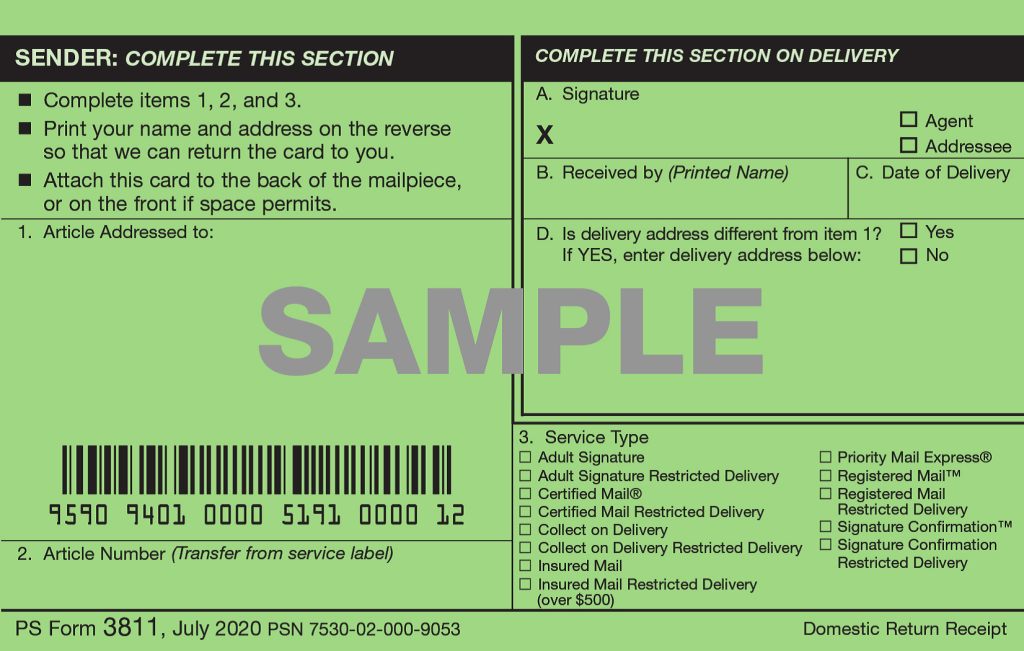
How Certified Mail Supports Legal and Regulatory Compliance
Certified Mail isn’t just an option—it’s often a legal requirement for delivering time-sensitive notices, contracts, and other regulated content. Many businesses, municipalities, and legal professionals rely on USPS Certified Mail because it provides verified letter tracking, return receipt documentation, and proof of dispatch. But for certified mail to stand up under scrutiny, it must meet specific legal and regulatory standards—especially in matters involving contracts, financial disclosures, property rights, and consumer protection.
Digital platforms like Postalocity allow organizations to manage these shipments online by uploading PDF files, verifying addresses, and automating the creation of certified mail labels—all without the hassle of printing forms, making post office trips, or tracking green cards by hand. Here’s how Certified Mail aligns with actual compliance requirements and case law.
When Is Certified Mail Required by Law?
Many federal and state statutes specifically call for notices to be sent via Certified Mail with return receipt requested—sometimes as the only legally acceptable form of delivery.
- IRS Regulations: Under IRS Publication 1 and 26 CFR § 301.7502-1, certain tax deficiency notices and responses must be sent by Certified Mail to establish proof of timely mailing. The envelope’s postmark and tracking number help secure the taxpayer’s rights.
- FDCPA (Fair Debt Collection Practices Act): Debt collectors are advised to send notices and dispute rights disclosures via Certified Mail to verify that communications were received—or at least properly dispatched.
- Truth in Lending Act & RESPA: Certified Mail is often used to notify borrowers of loan modifications, servicing transfers, and foreclosure status updates—especially in states like California, where state law mirrors federal protections.
- Employment Law: Many HR departments use Certified Mail to deliver notices related to terminations, contract changes, and disputes to ensure legal verification of notice, especially when rights or severance are involved.
Sending via Certified Mail helps businesses establish a defensible position by providing a clear, trackable chain of custody—from order to shipment, delivery attempt, or refusal. This reduces legal exposure, protects customer rights, and satisfies documentation needs for audits or litigation.
How Courts Treat Certified Mail as Evidence
Certified Mail isn’t just helpful—it can be the deciding factor in court. Judges regularly rely on Certified Mail tracking records, labels, and return receipts as admissible evidence that notice was attempted or completed.
- In many contract disputes, service of cancellation or breach notices by Certified Mail with return receipt is the only acceptable proof that terms were enforced.
- Courts have rejected cases where notice was only attempted via email or first-class mail, even when digital files were retained. Certified Mail’s USPS tracking and delivery confirmation stood up because it showed both intent and effort to notify.
- In civil litigation, timely notice—based on mailing date, tracking number, and return receipt status—can determine whether statutory timelines were met. The green card or its digital equivalent often becomes a key exhibit.
Postalocity retains this full record of delivery, envelope details, tracking events, and receipt metadata in a centralized account dashboard, giving users rapid access to documentation when court timelines or disputes arise.
Why Regulators and Auditors Prefer Digital Records
Auditors and regulators across industries—including finance, healthcare, insurance, and public governance—are increasingly requiring electronic access to correspondence logs, delivery attempts, and receipt verification. Green cards, paper envelopes, and manual logs often fail to meet modern audit expectations.
Platforms like Postalocity:
- Allow for secure upload of letters as PDFs
- Assign each item a unique tracking number tied to a specific address and recipient
- Store certified mail labels, shipment data, and delivery receipts for years
- Offer searchable, exportable logs in case of FOIA requests, IRS audits, or legal disputes
Instead of digging through files, customers can quickly retrieve all details with one login—making audits faster, investigations easier, and legal exposure lower.
For businesses, city governments, or legal operations professionals, this isn’t just about convenience. It’s about risk mitigation, legal defensibility, and operational control. When rights, contracts, or regulatory timelines are at stake, the combination of USPS Certified Mail tracking, return receipts, and Postalocity’s digital archive turns a simple mailing service into a legal and operational asset.

Certified Mail Use Cases: By Industry
Certified mail serves distinct legal and operational roles depending on the industry. The need for documentation and reliability spans sectors, but the type of communication varies.
Municipal Government
- Code violations
- Property tax delinquencies
- Lien warnings
- Utility disconnect notices
Financial Services
- Foreclosure warnings
- Loan acceleration notices
- Credit line reductions
- Account closures
Legal Sector
- Service of process
- Motions and client communication
- Court filings and discovery
- Retainer and termination notices
Each use case shares a dependency on integrity—both in delivery and documentation.

Compliance, Risk Mitigation, and Security
Manual processes introduce gaps—green cards get lost, tracking slips go unrecorded, and filing errors compromise audit readiness. In regulated industries, these gaps can mean failed audits or unenforceable notices.
Digital certified mail platforms mitigate this risk by:
- Encrypting data end-to-end with 256-bit SSL
- Hosting infrastructure under SOC 2, HIPAA, and FedRAMP standards
- Logging every action with timestamped evidence
- Storing all data in searchable, centralized digital archives
Postalocity supports these requirements out of the box. Its platform includes long-term retention, secure access controls, and full mailing history, ensuring you’re ready for legal reviews, FOIA requests, or audits without digging through drawers.
Evaluating Online Certified Mail Platforms
Choosing the right certified mail platform is not about features alone—it’s about choosing a tool that matches your compliance profile and operational needs.
Must-Have Capabilities
- USPS-certified label generation
- Return receipt automation with digital signatures
- Multi-year archive with searchable logs
- Role-based access controls
- High-volume mailing support
- 100% web-based—no hardware or IT setup required
Postalocity was built specifically for these needs. It’s already used by municipalities, banks, legal offices, and institutions that can’t afford risk or manual error.
Cost, Labor, and Operational Impact
Postage is just one part of the cost equation. Certified mail done manually consumes hours of time, invites error, and creates compliance exposure.
| Category | In-Person Certified Mail | Online Certified Mail |
|---|---|---|
| Staff Hours per 100 mails | 15–20 | 1–2 |
| Return Receipt Handling | Manual, slow | Instant, auto-logged |
| Filing and Retrieval | Physical storage | Digital, searchable |
| Lost Documentation Risk | High | Minimal |
| Audit Response Readiness | Delayed | Immediate |
In nearly every institution, the true ROI comes not from postage—but from eliminating human error, rework, and legal vulnerability.
Objections and Concerns: Addressed with Facts
“We need physical green cards.”
Courts now accept USPS digital return receipts with full metadata. They’re more reliable and easier to produce in legal proceedings.
“It’s too complex to change.”
Postalocity requires no IT installation or training. Most users send their first certified job within 30 minutes.
“It’s not secure.”
Postalocity complies with national security frameworks and encrypts all documents end-to-end.
“We don’t send enough volume.”
Even teams sending 20–30 pieces per month see immediate ROI from reduced labor and compliance exposure.

Transforming Certified Mail from a Burden to an Asset
Certified mail is not going away—but the inefficiencies around it should. In-person processes cost time, create gaps, and frustrate staff. Postalocity turns certified mail into a digital asset—fast, traceable, and defensible.
Switching to an electronic certified mail system gives your organization a smarter, faster way to handle high-stakes document delivery. With Postalocity, you can upload letters, assign addresses, generate a USPS-compliant label, and get delivery confirmation—all without needing to print forms, manage green card returns, or purchase mailing equipment. Whether you’re sending a single envelope or hundreds of orders, the platform offers unmatched convenience, streamlined notification workflows, and full API access for automated document dispatch. No more in-person trips to your postal location, no more lost stuff, and no more hidden fees or wasted money.
Pricing is transparent, and every account comes with access to tracking, delivery verification, and exportable audit logs. Whether you’re in government, legal, or financial services, Postalocity eliminates the hassle of managing certified mail manually. If you have questions about setup, integration, or how the site works, our US-based support team is ready to help. From print quality to mailing speed, this is the product built to simplify certified mailing for businesses that value reliability, compliance, and peace of mind—while avoiding the legacy issues that plague others still relying on outdated systems.
If your organization still sends certified mail the old way, the opportunity to upgrade isn’t just about speed—it’s about accountability, legal certainty, and operational readiness.
Postalocity delivers certified mail the way modern institutions need it: securely, smartly, and without friction.
